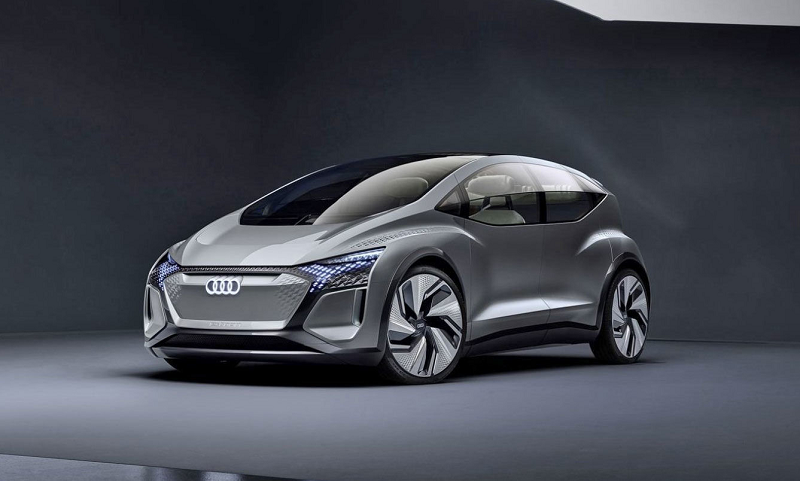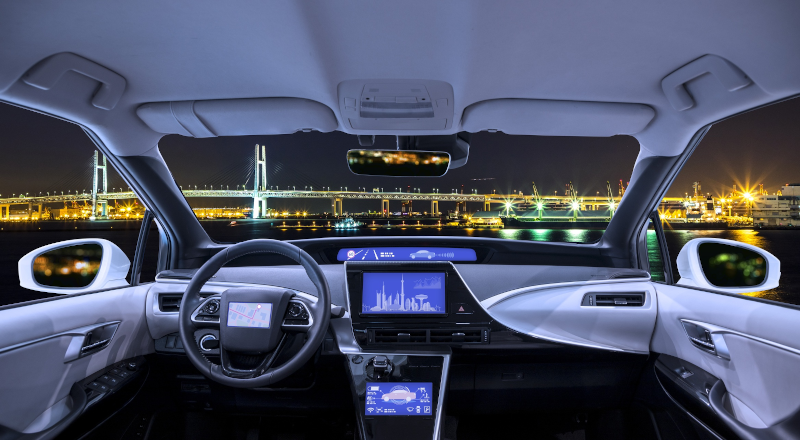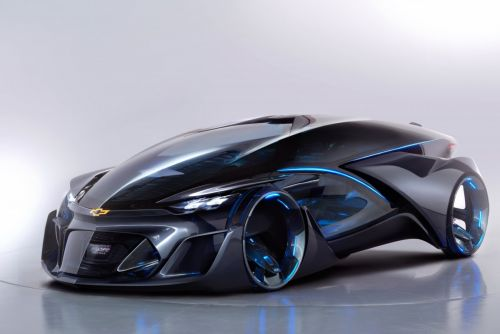
Charles R. Goulding and Preeti Sulibhavi of R&D Tax Savers examine the use of 3D printing in new driverless electric vehicles.
Many pundits have speculated that since the absence of traditional gasoline vehicles’ drive chains results in Electric Vehicles, or EVs, requiring fewer mechanical components, that 3D printing will have a smaller role to play in future automotive manufacturing. Some of the same commentators also believe that eliminating the larger footprint drive chain components and human driving appurtenances, like steering wheels, will also result in the smaller overall size of driverless, or autonomous, cars.
The authors’ views are that for a large portion of vehicle-users, larger vehicles will remain preferable. If we are correct, then 3D printing will have a much larger role to play in EV interior living area design, including vehicle operating communication and entertainment systems.
There is no question that with human operators a vehicle has to be driver-centric. However, many vehicle owners simply prefer larger vehicles. The astonishing popularity of pickup trucks, SUVs and big luxury cars demonstrates that major population segments prefer large vehicles. Transferring from a driver-centric vehicle to a living environment means that the overall vehicle interior design will radically change. Just think about another driverless transportation environment: the airplane. Seating has radically changed in recent years as now your airplane seat is a comfort zone and an entertainment center.
If one is no longer looking at the road there is an opportunity to look at many other things. Having “smart” vehicles with collision avoidance systems, vehicle-to-vehicle communications, and entertainment audio/visual, requires electronic brains. Electronic brains means printed circuit boards and 3D printing electronic applications are rapidly increasing.
For instance, there are current applications of additive manufacturing, or 3D printing, for the manufacturing of automotive electronics. Additive manufacturing is already being used by original equipment manufacturers (OEMs) to 3D print mechanical components for vehicles, spare parts for antique vehicles, and even entire vehicles. Aside from a precise and durable mechanical structure for these components, 3D printed electronic components are providing ways to network vehicles, gather automotive data, and produce “smart components.”
MIT and BMW are working toward the flexible future of cars. While air is already an element utilized in existing cars (e.g., in airbags, seat cushions, and of course tires), it has never been utilized in part of the automobile design. The inflatable car is a novel idea, making automobiles less clunky and difficult to transport. However, the super thin, stretchy material is difficult to work with. This is where 4D printing (3D printed objects designed to adapt, morph and assemble themselves after they have been printed in response to environmental triggers like water, temperature or air) can be utilized. This way complex and controllable inflatable cars can become a reality in our automotive future.
The 3D printing industry should consider studying the RV industry where major design improvements have been made in movable but secure furniture and fixtures. R&D tax credits are available to support EV innovation.

The Research & Development Tax Credit
Enacted in 1981, the now permanent Federal Research and Development (R&D) Tax Credit allows a credit that typically ranges from 4%-7% of eligible spending for new and improved products and processes. Qualified research must meet the following four criteria:
-
Must be technological in nature
-
Must be a component of the taxpayer’s business
-
Must represent R&D in the experimental sense and generally includes all such costs related to the development or improvement of a product or process
-
Must eliminate uncertainty through a process of experimentation that considers one or more alternatives
Eligible costs include US employee wages, cost of supplies consumed in the R&D process, cost of pre-production testing, US contract research expenses, and certain costs associated with developing a patent.
On December 18, 2015, President Obama signed the PATH Act, making the R&D Tax Credit permanent. Since 2016, the R&D credit has been used to offset Alternative Minimum Tax (AMT) for companies with revenue below $50MM and, startup businesses can obtain up to $250,000 per year in payroll tax cash rebates for up to five years.
Moving Forward…

Futurists have different predictions about the direction of EV auto technology. The public marketplace will decide what people prefer and our view is that that 3D printing has an important role to play with this major technology gear shift.

